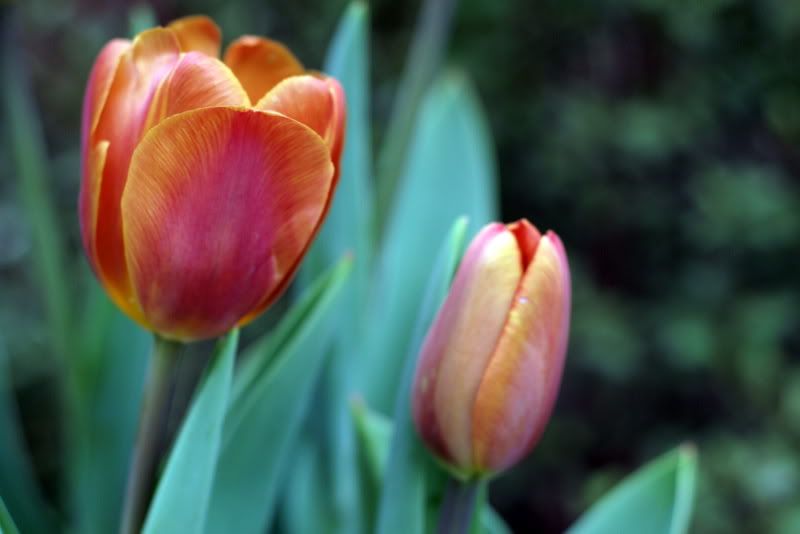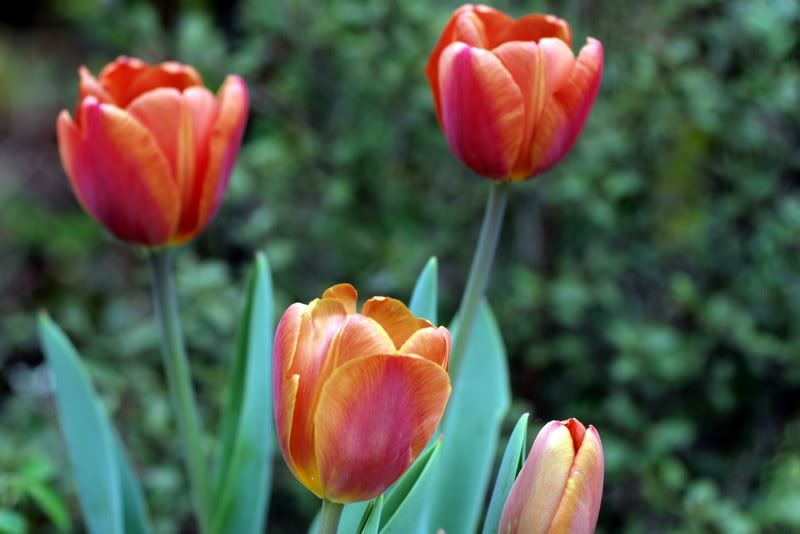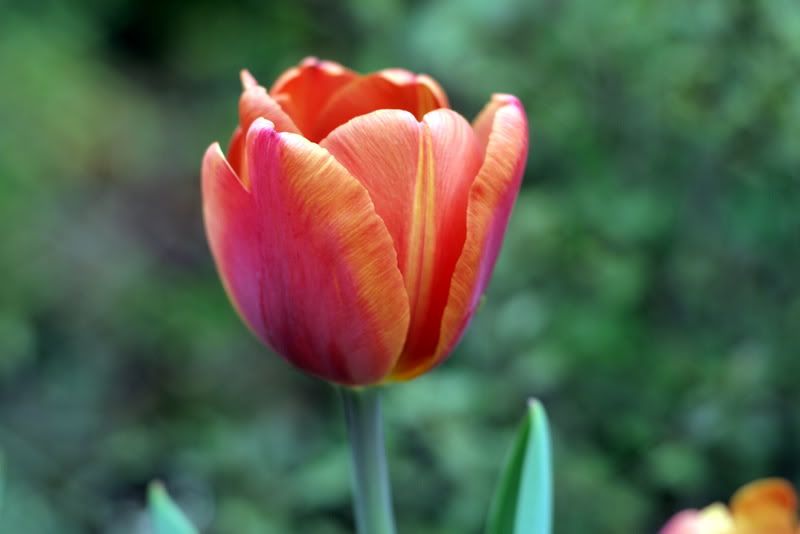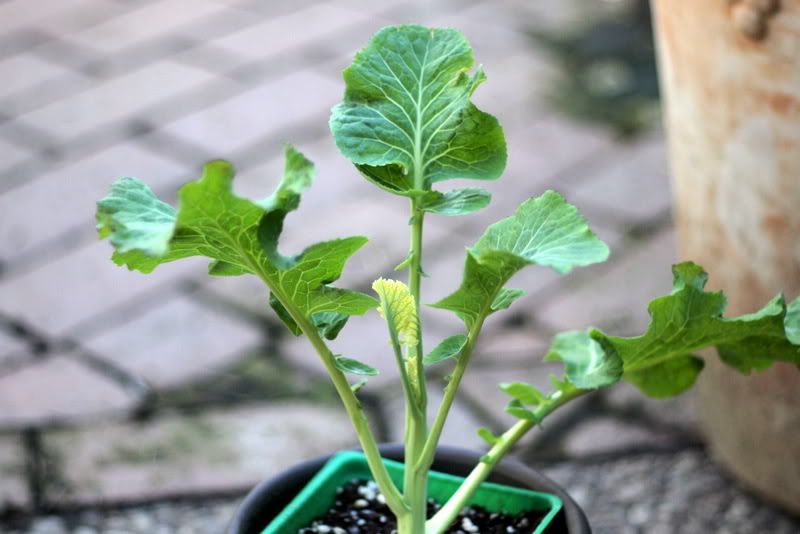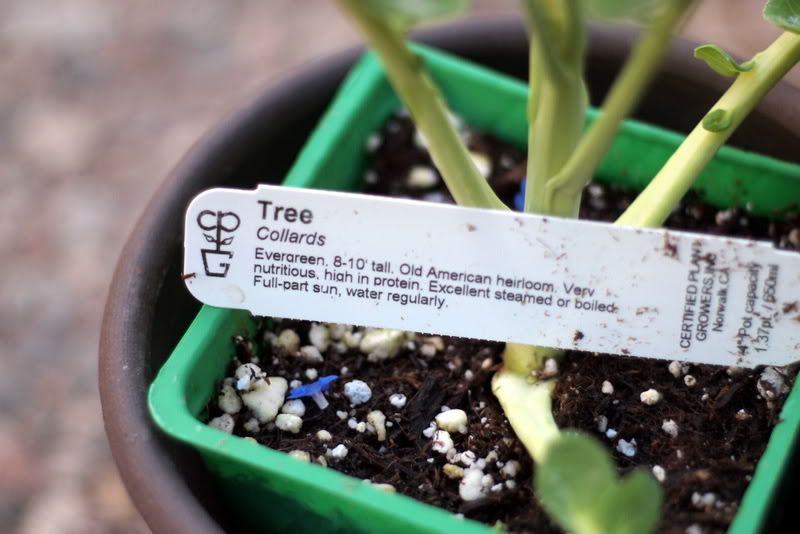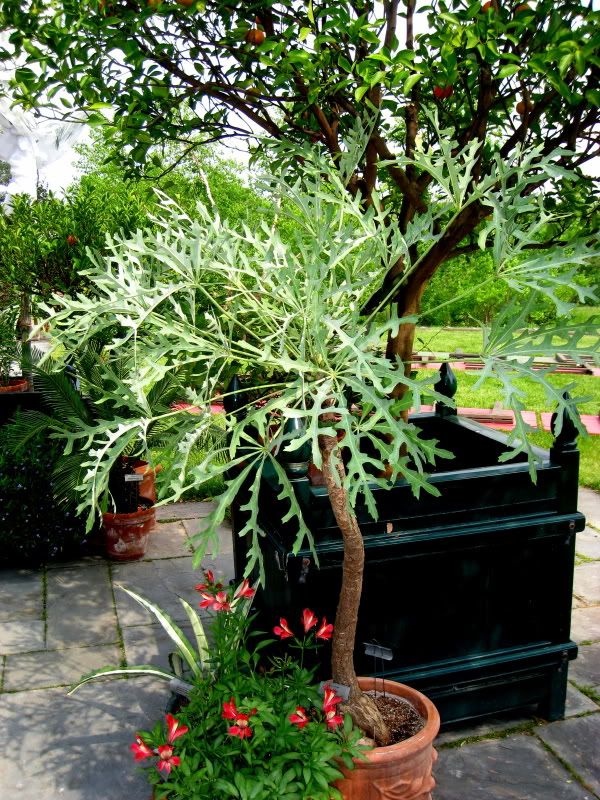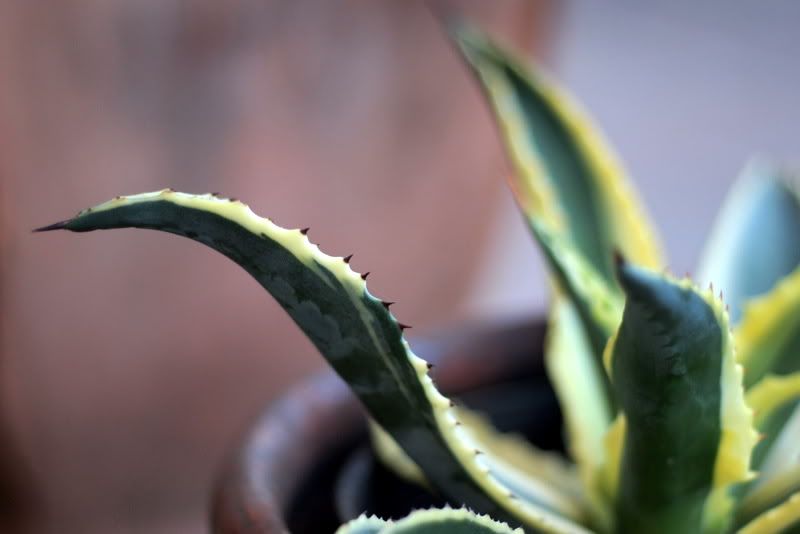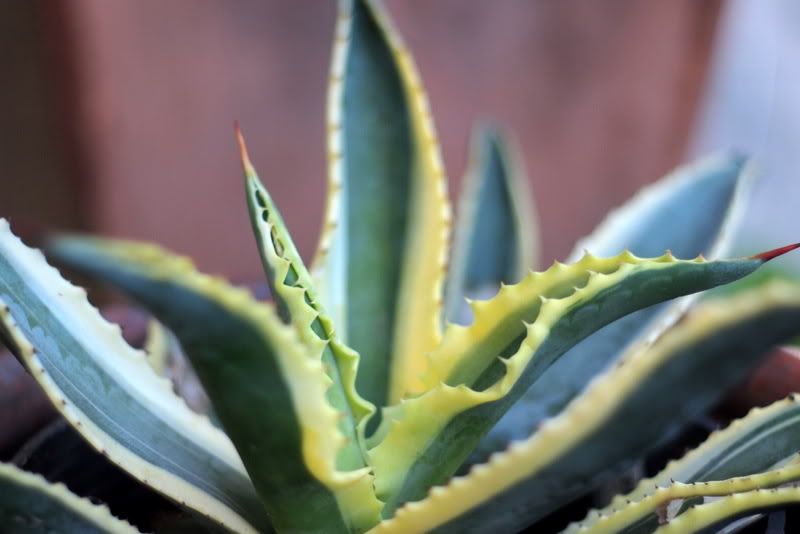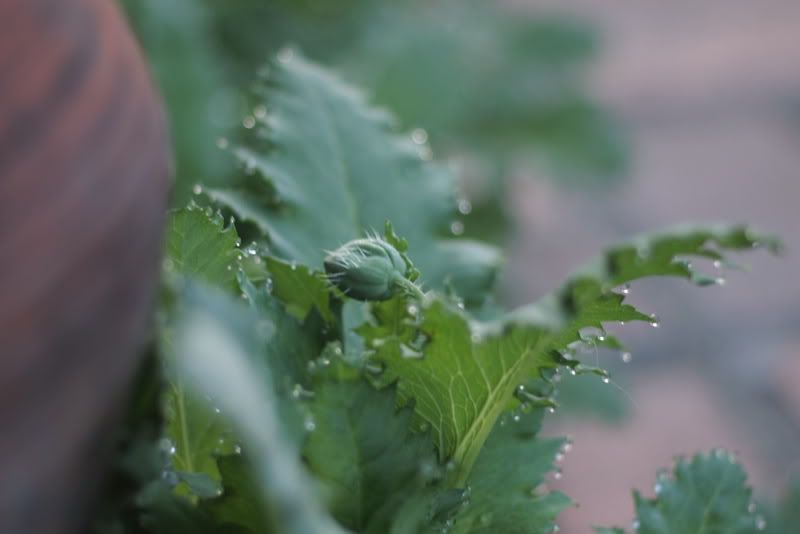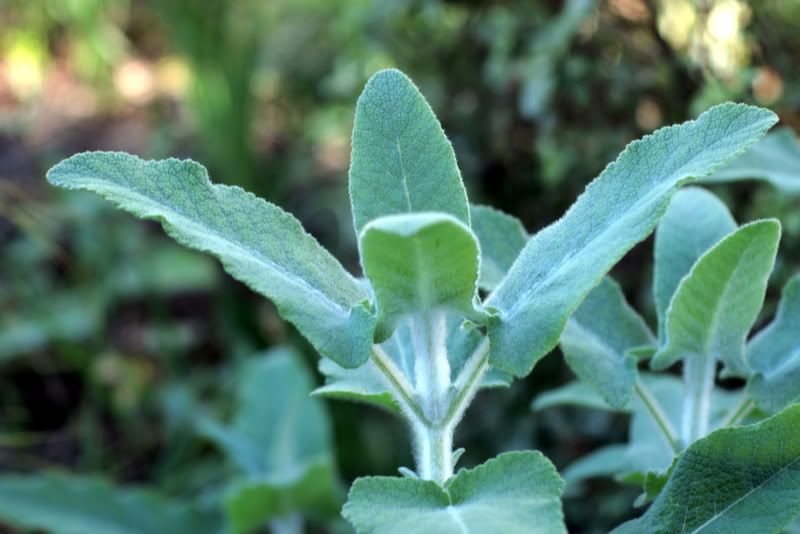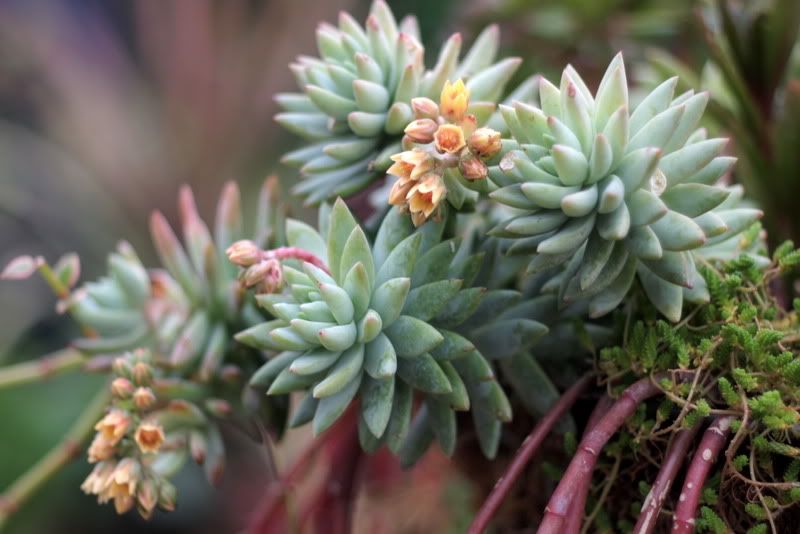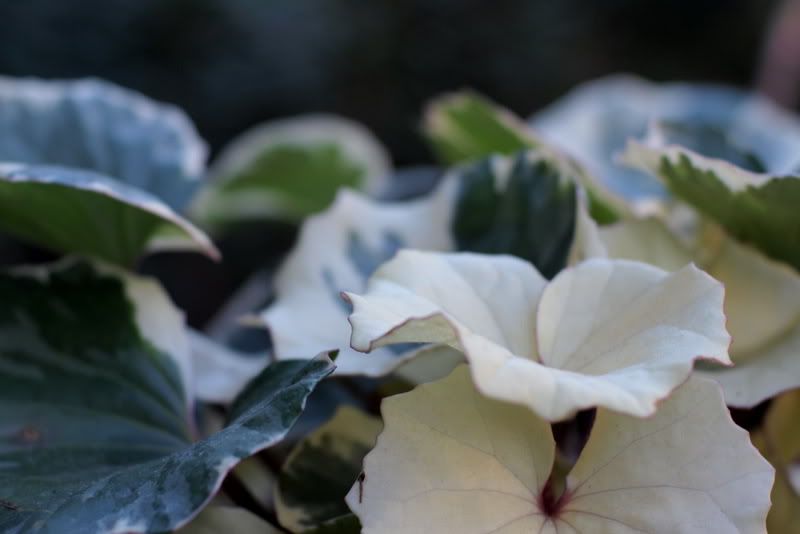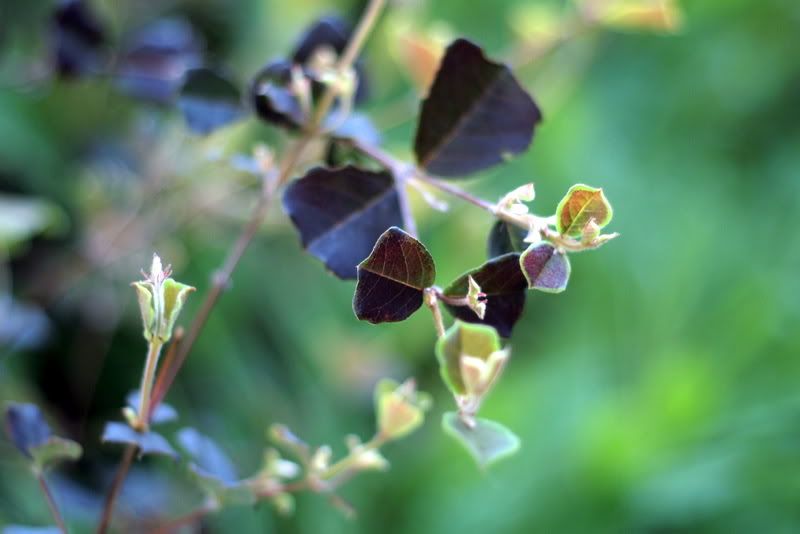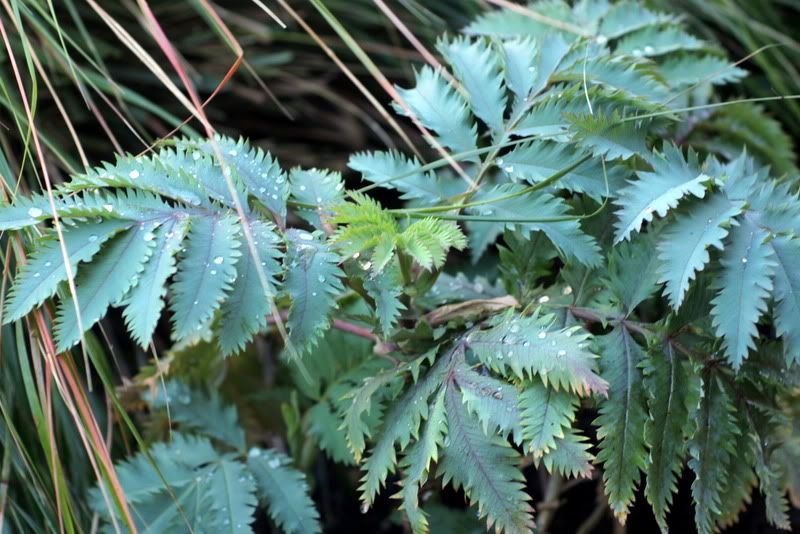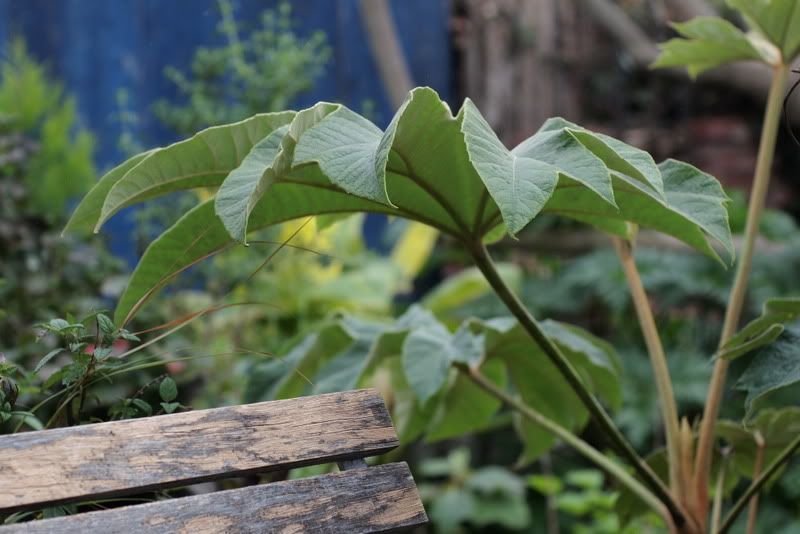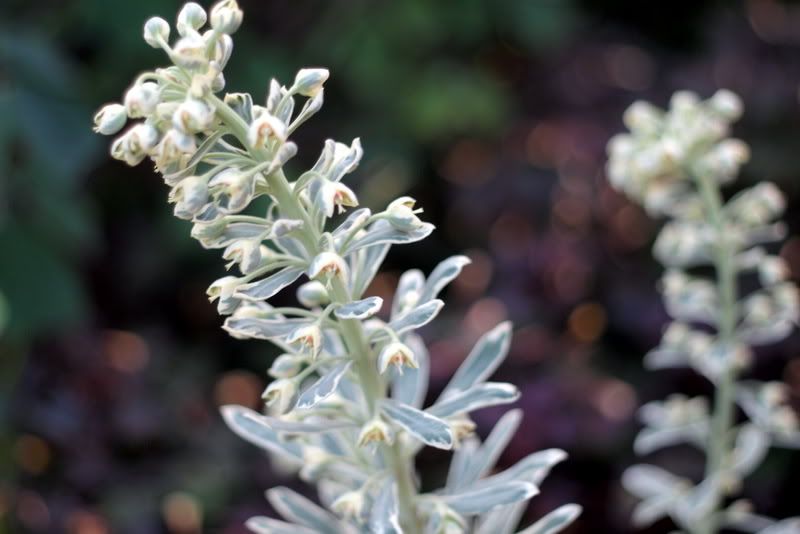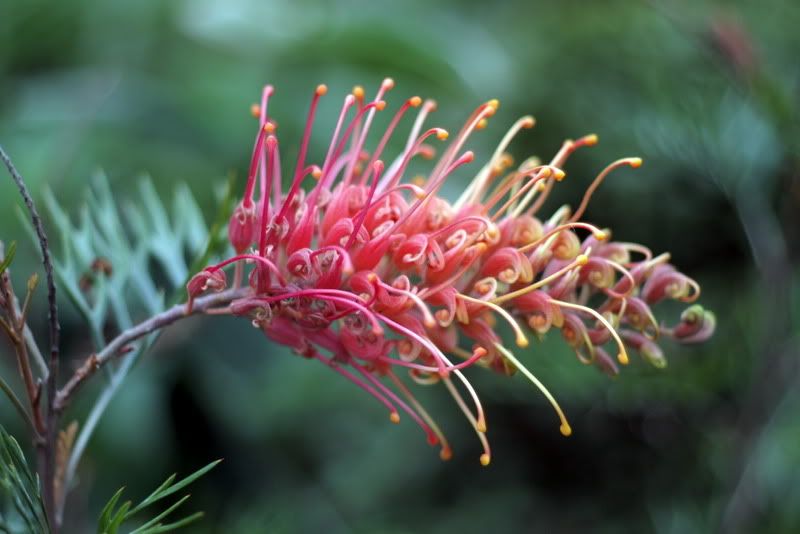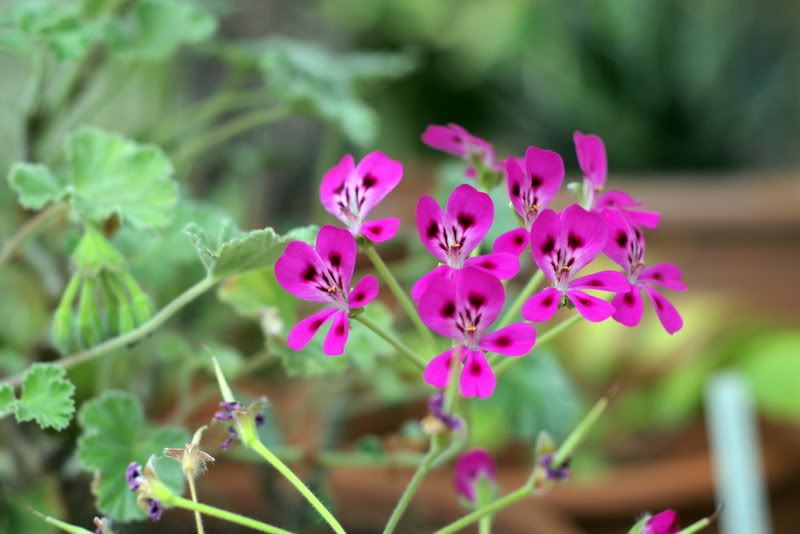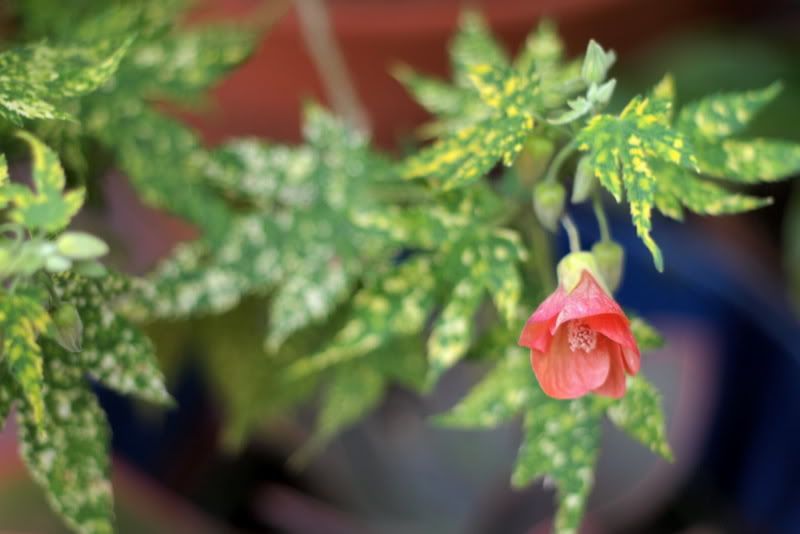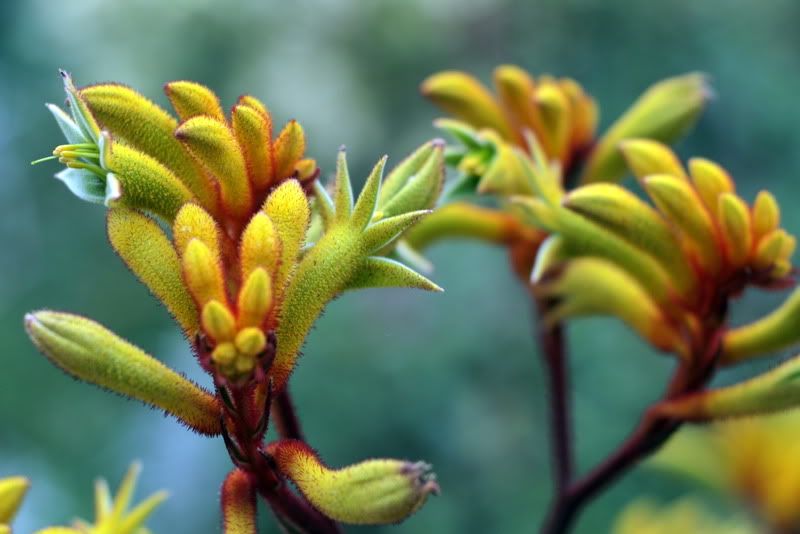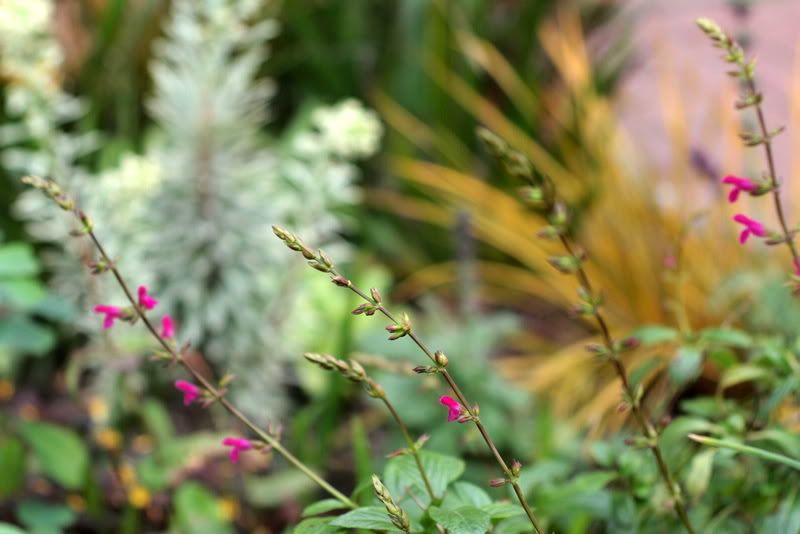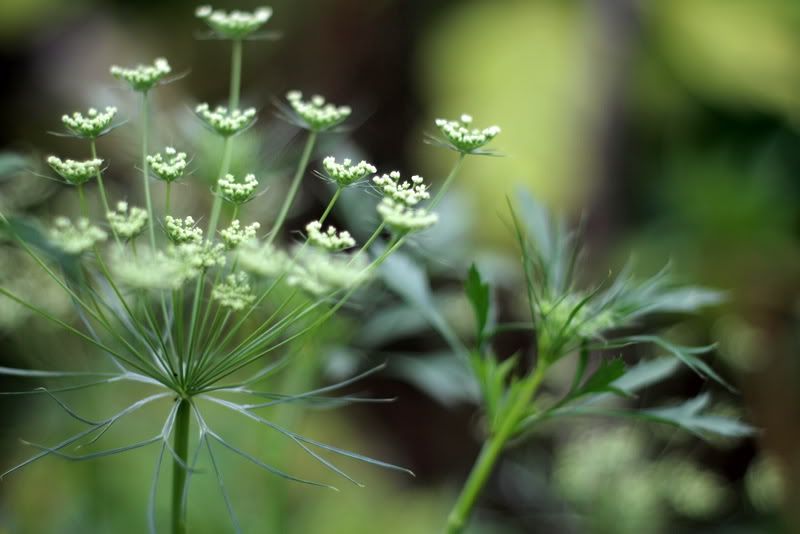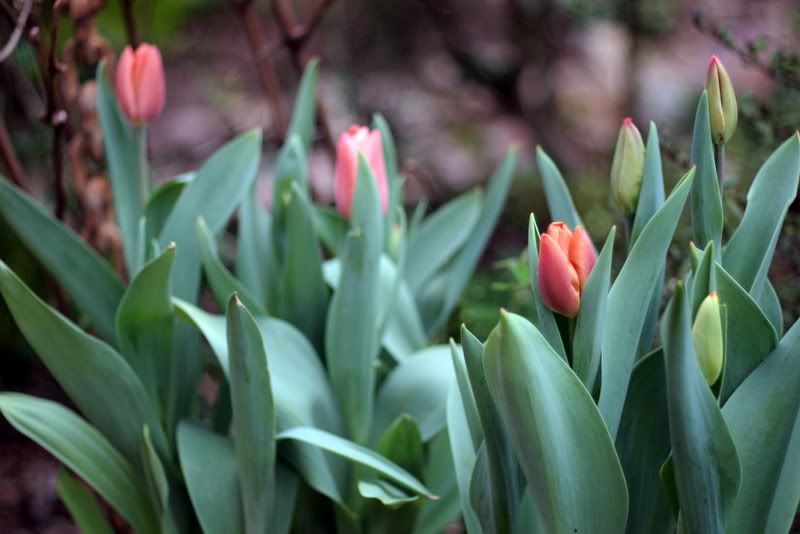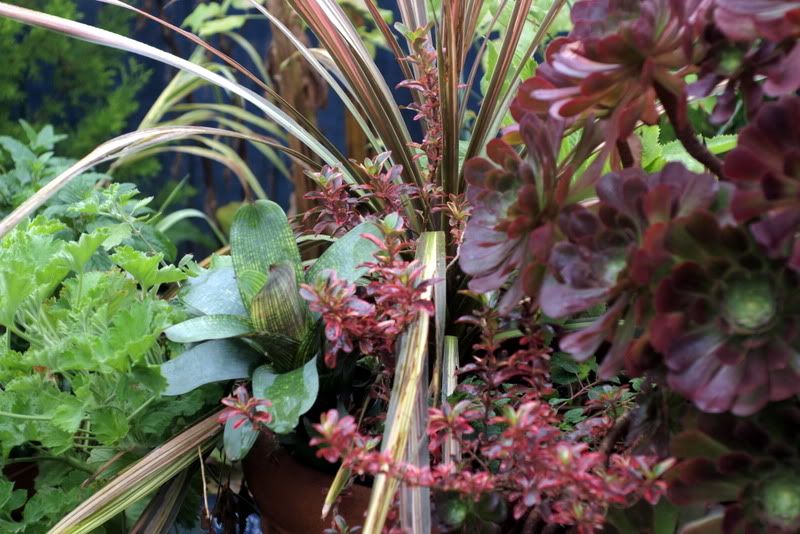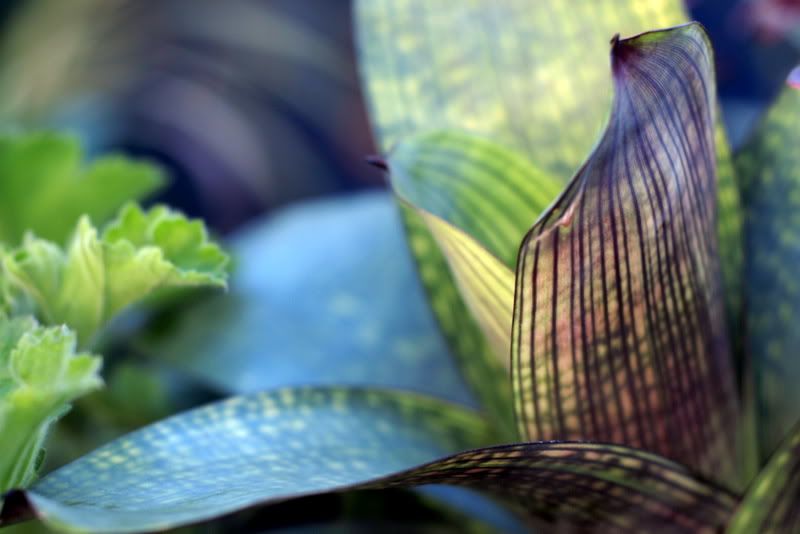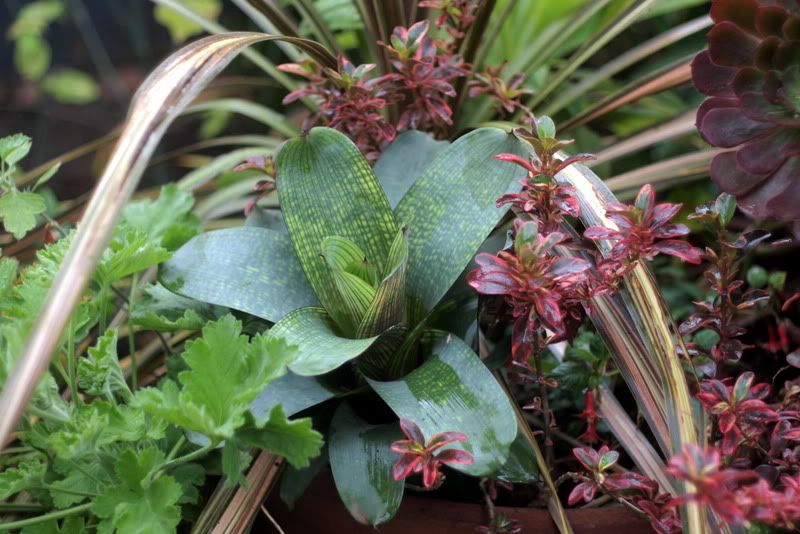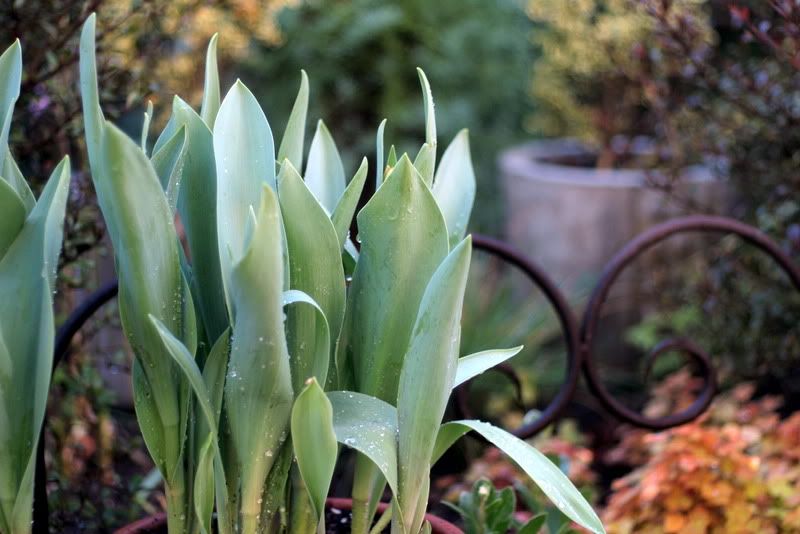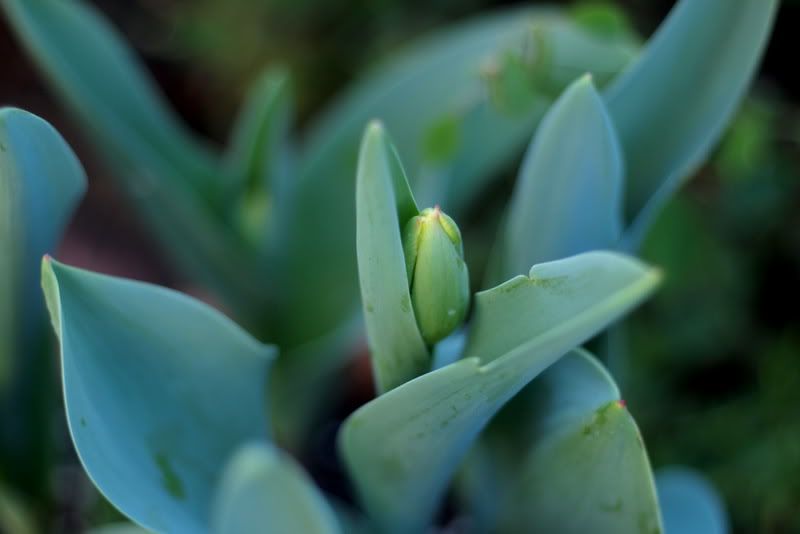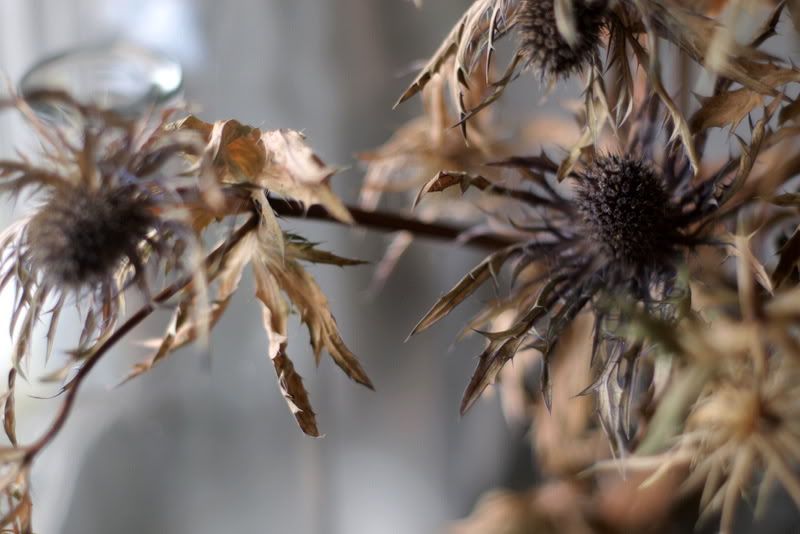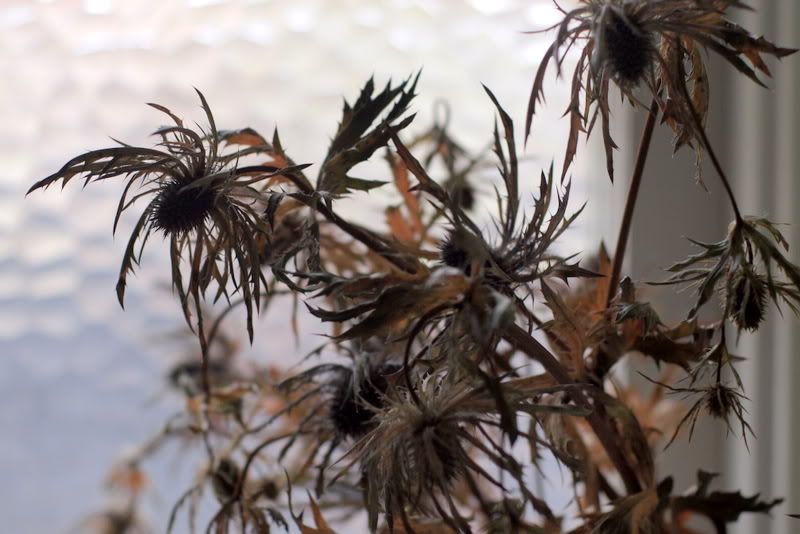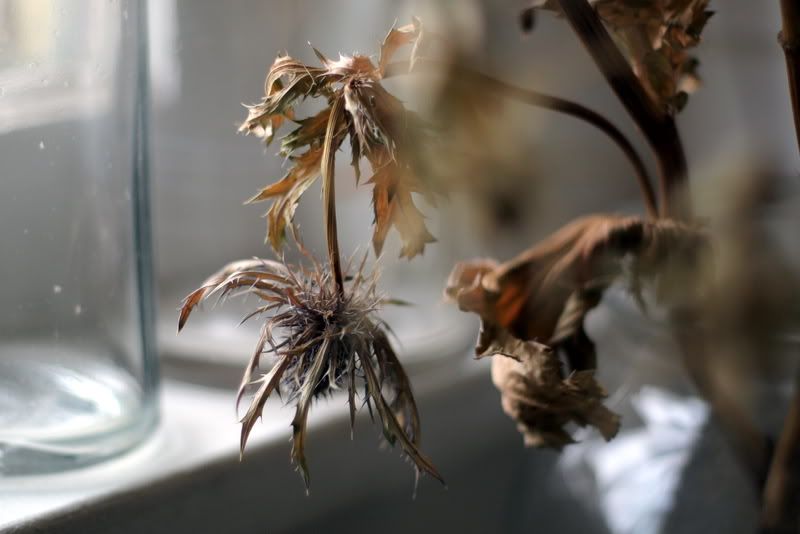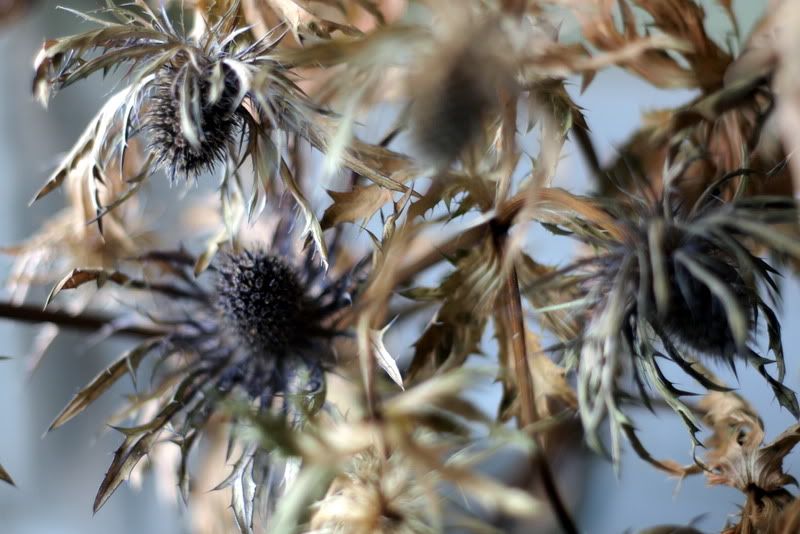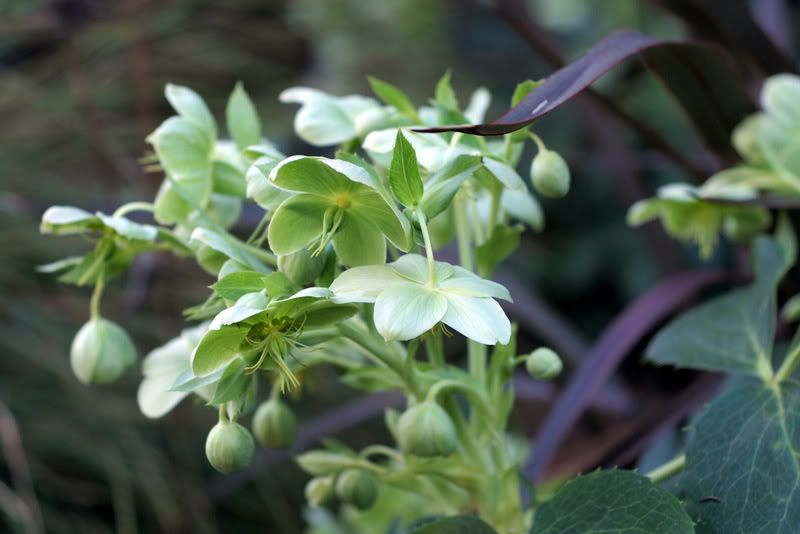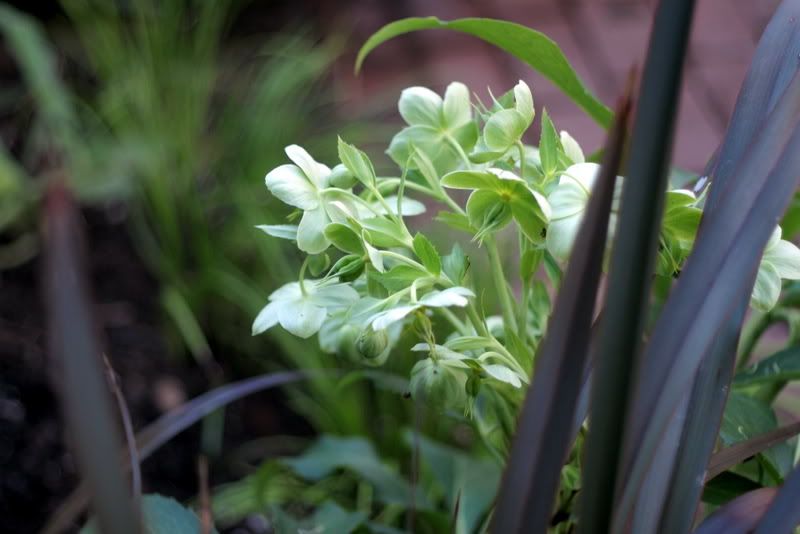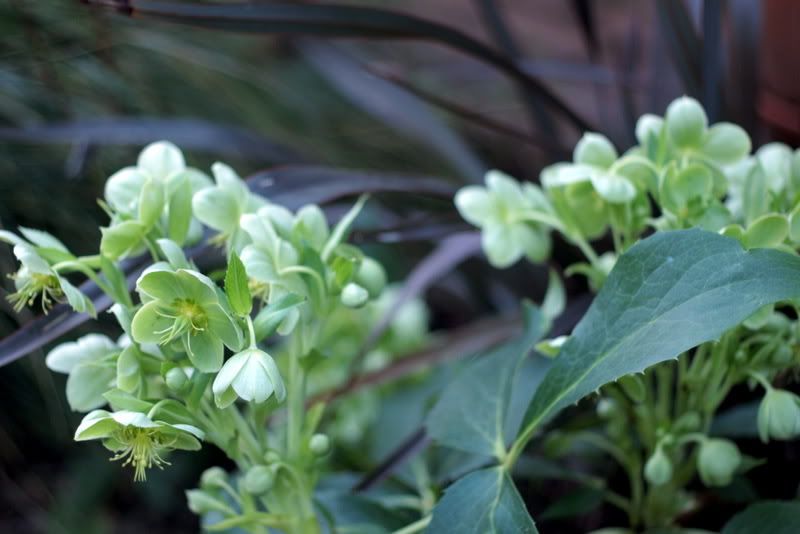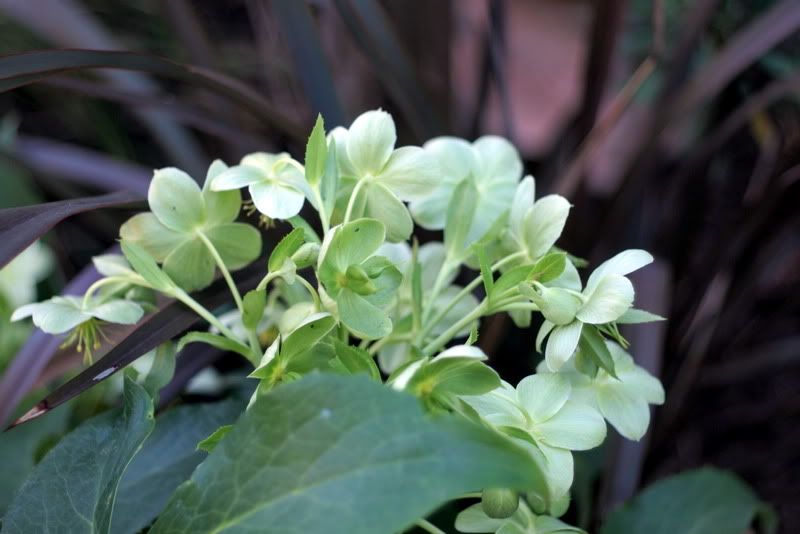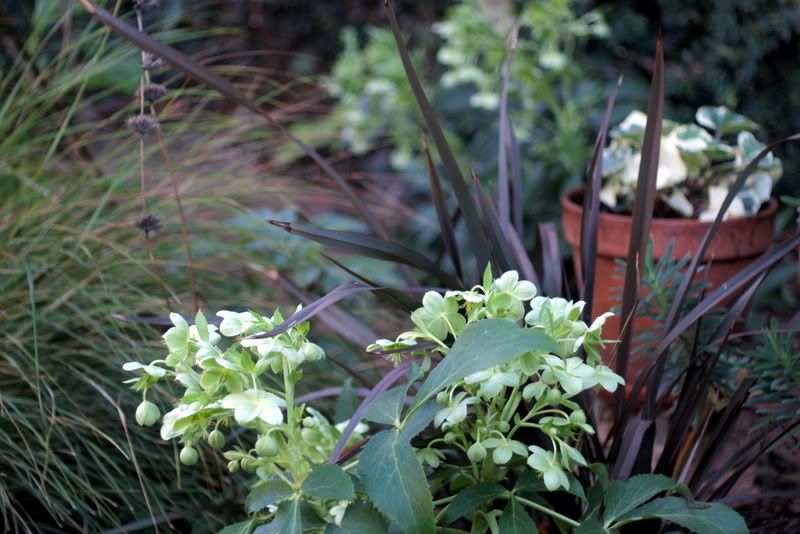Little plants like this erodium, that wouldn’t rate a second look in summer, for a brief time have the field to themselves in early spring.
So many modest spring bloomers like this erodium are described as “charming,” which sounds like a tepid compliment from the politely underwhelmed, but after a mostly flowerless winter perhaps it’s wise to be charmed by degrees, not flabbergasted all at once. Spring is when I’m more than willing to crawl up close to the little charmers, insect-like, to investigate details of bloom. By summer, I wouldn’t enter the gravel garden except on well-shod feet, possibly with machete in hand.
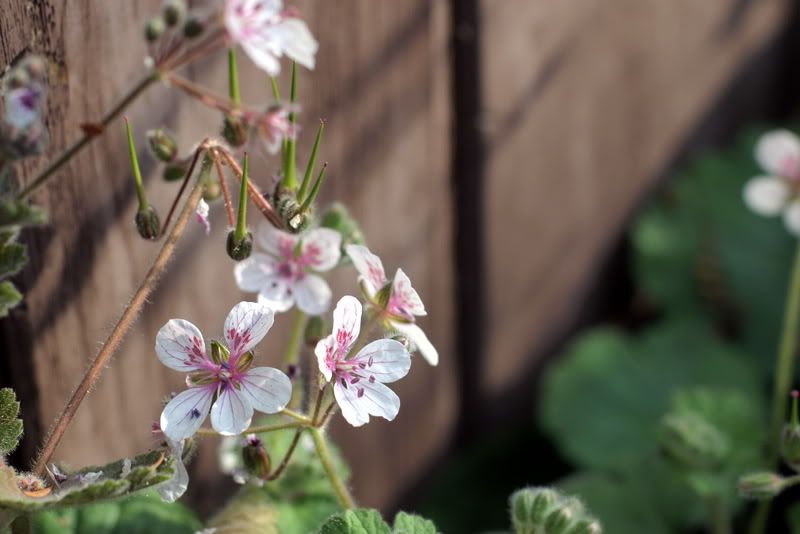
This erodium is generally described as a perennial for zones 7-9, but its character in the gravel garden is that of a spring annual, blooming and flourishing as long as the soil retains vestiges of moisture from the winter rains, then disappearing entirely in summer. If kept watered, it would bloom and be presentable much longer. Sheets of seedlings re-emerge with a vengeance with the next winter storm, and new plants bloom again in spring. A fierce reseeder, this Storksbill, Heron’s Bill, member of the geraniaceae. Nerines are thickening into clumps nearby for fall, so I’ve kept this erodium’s spread to a minimum this spring.
The palmate leaves are hirsute and sticky debris-catchers.
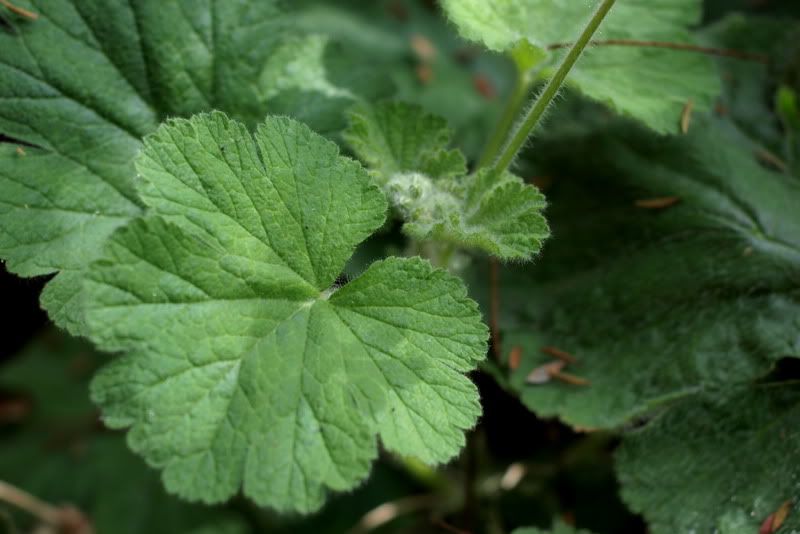
I wonder if I will ever outgrow the astonishment stage of gardening, perpetually astonished and glad for the bounty reseeding plants liberally fling about the garden, when they settle in and get happy, when the garden story writes itself and you play more the role of the attentive editor, a kind and patient Maxwell Perkins to the fecund chaos of Thomas Wolfe. (Look Homeward, Erodium!) Gardens with much more moisture might have something to fear, but a couple sweeps with the hoe after winter rains keeps this exuberant fellow in line, the fibrous roots pulling up easily out of the gravel before the larger tap root matures.
A view of the sepals as this little erodium fills in around the base of a large restio.
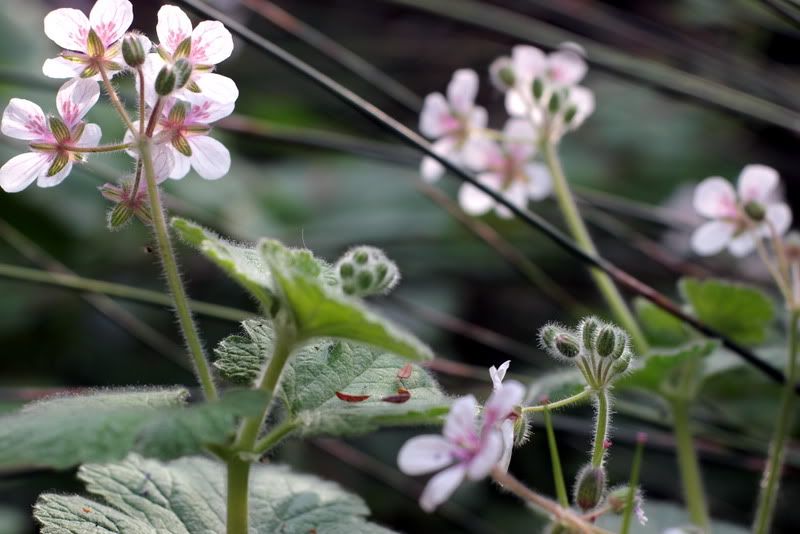
Would I bother to buy seeds and sow this erodium every year? Honestly, possibly not every year. Honestly, possibly not at all. There are so many good spring annuals to choose from, countless kinds I’ve tried and then forgotten because they don’t share this erodium’s generous nature. Good leaves, interesting flowers, clumps to about a foot in height, blooming in the earliest days of spring, and managing all this by itself, with minimal intervention from me, all these traits together make up this erodium’s charm. And it’s the perfect complement for wet winter/dry summer Mediterranean bulbs, more of which I’ll be adding to the gravel garden.
I wrote about this erodium last February, but besides the above reasons, another reason to take a second look at this erodium is because it seems to be generally mislabeled in seed catalogues. What I call E. pelargoniflorum may in fact be E. trifolium, which seems to quickly lose vigor and is not reliably perennial, all of which describes my erodium. I’m told Erodium trifolium does not have hairs in the foveole, and if I knew what a foveole was I’d explain further. The salient point I’m making doesn’t change, however, that whatever its identity, this erodium can be grown as an annual, with expectations for it to bloom well the first year after sowing. If anyone wants to try seeds of the erodium I’m growing, send me an email.
